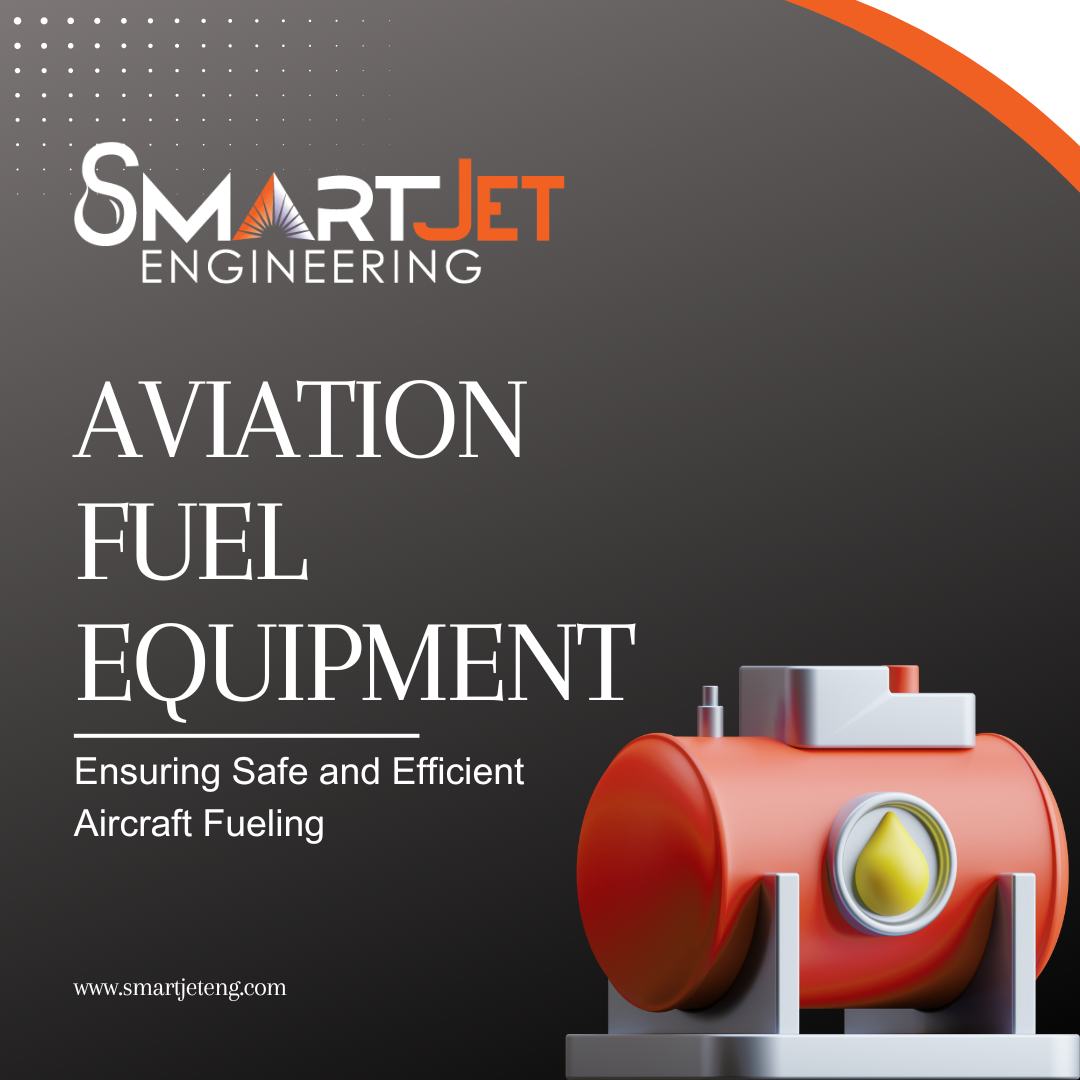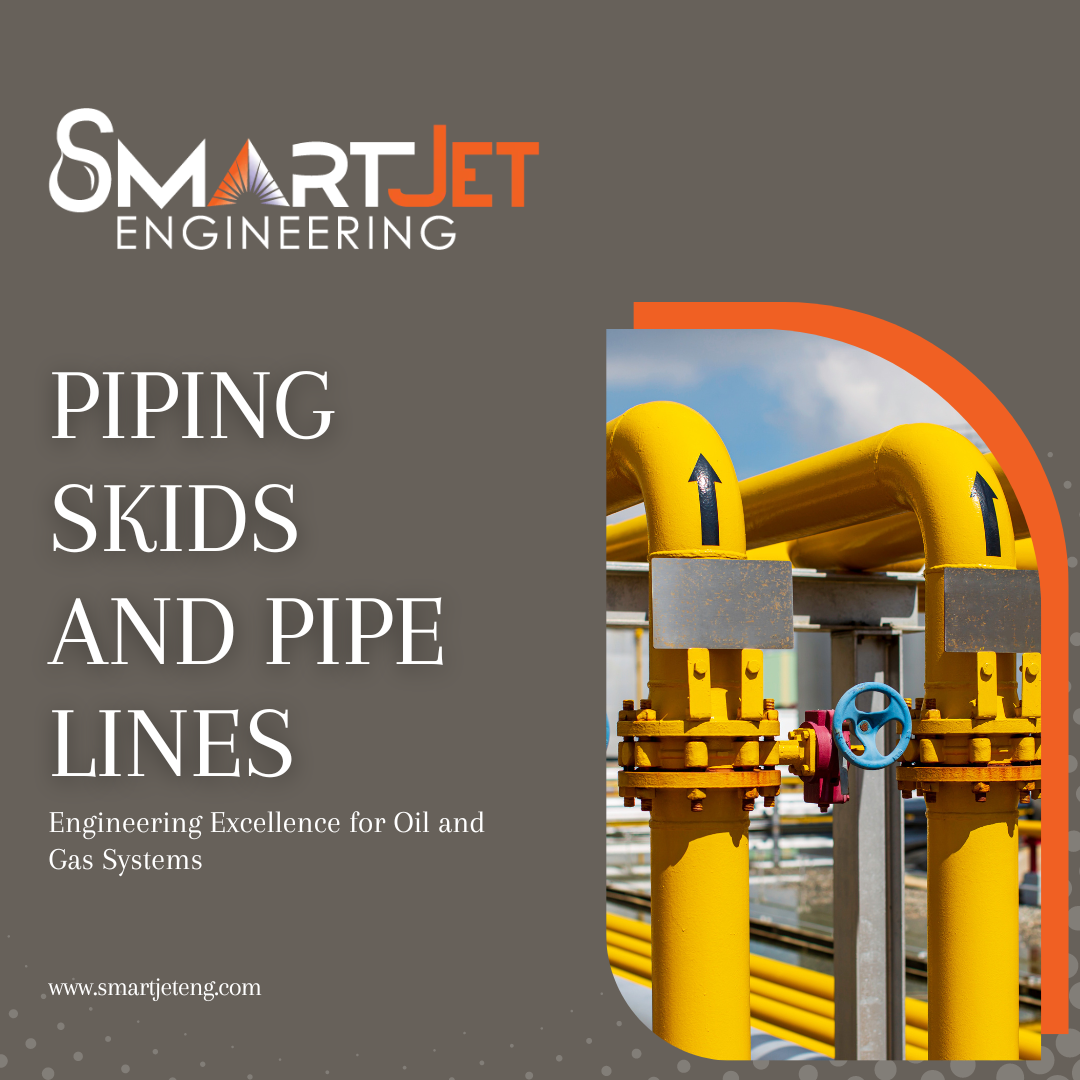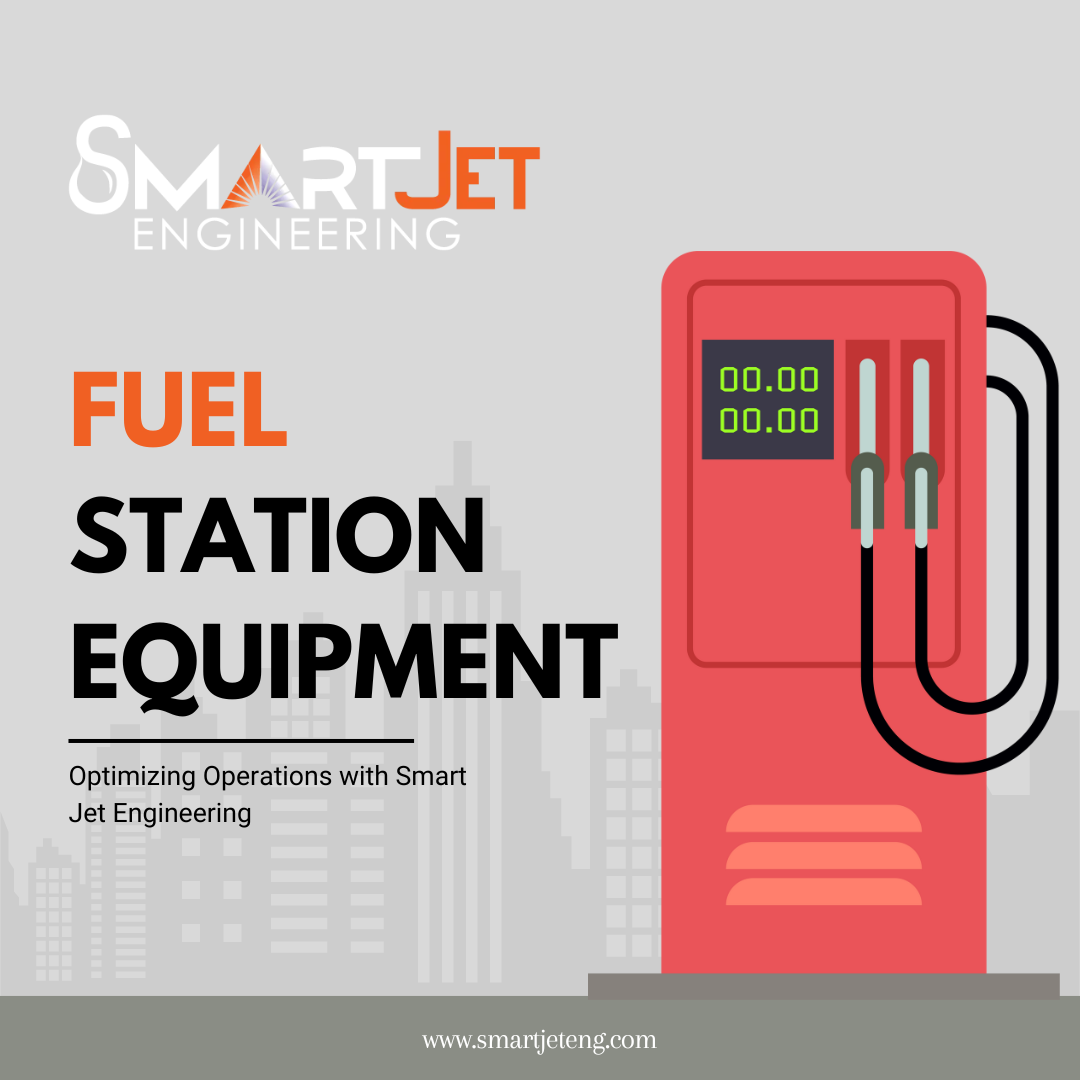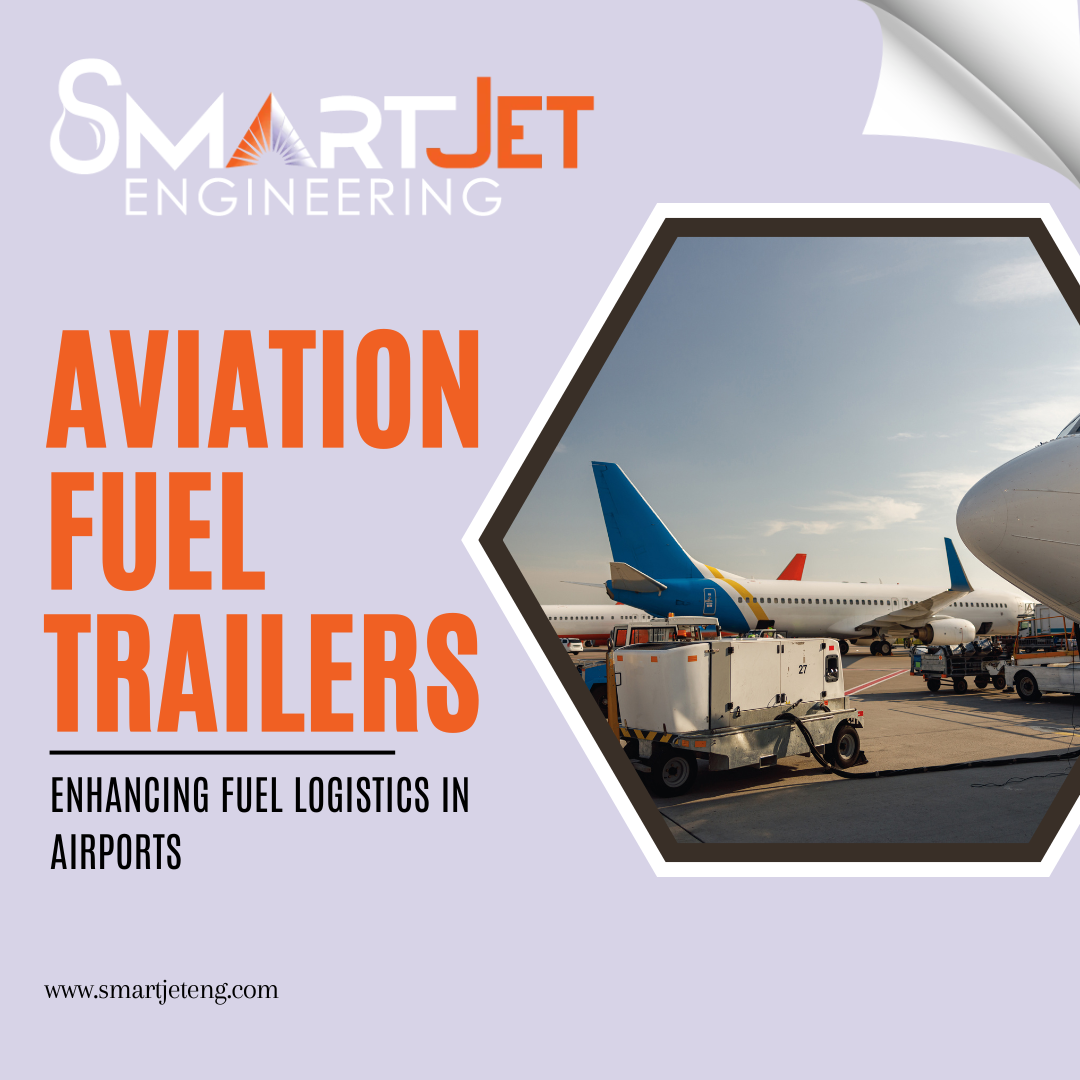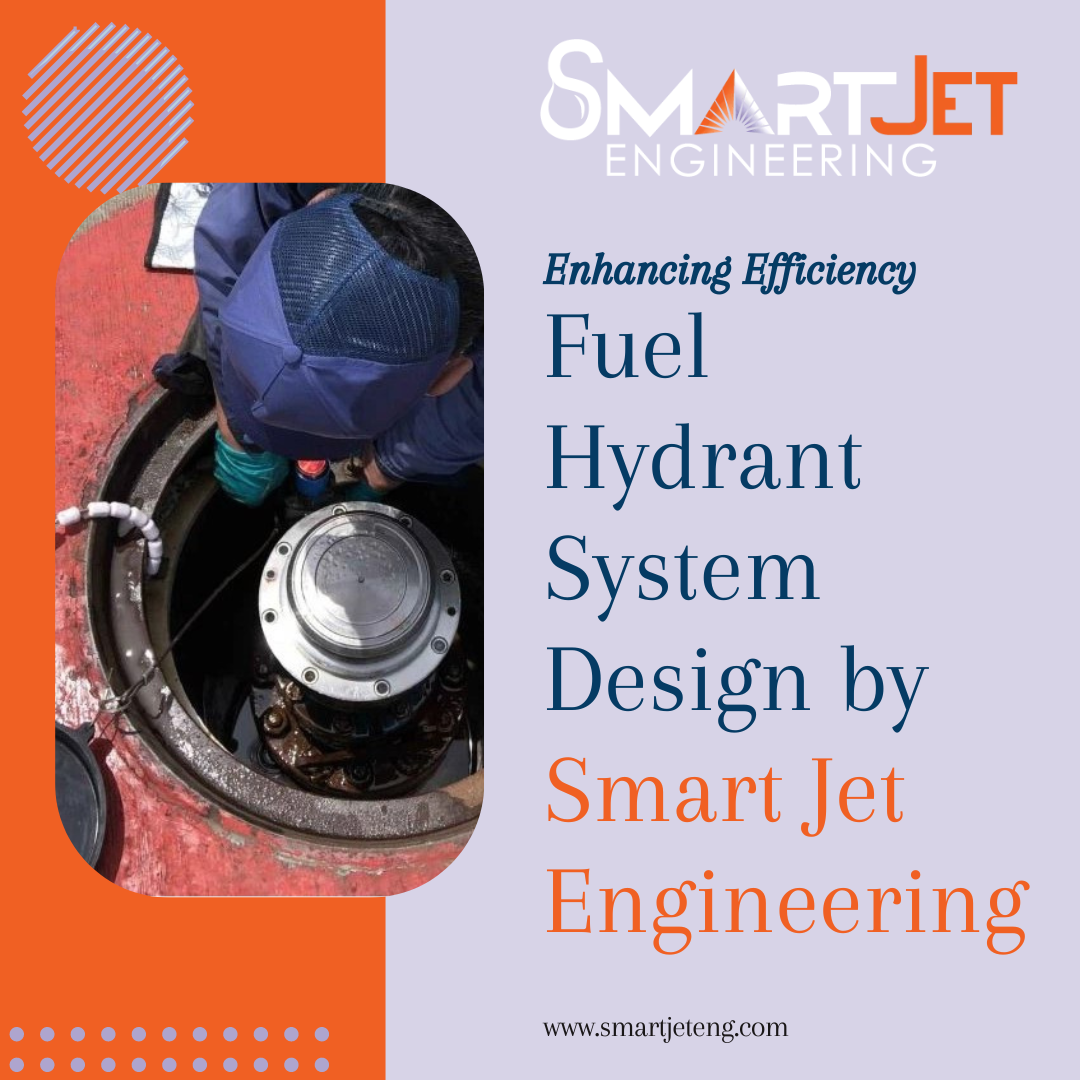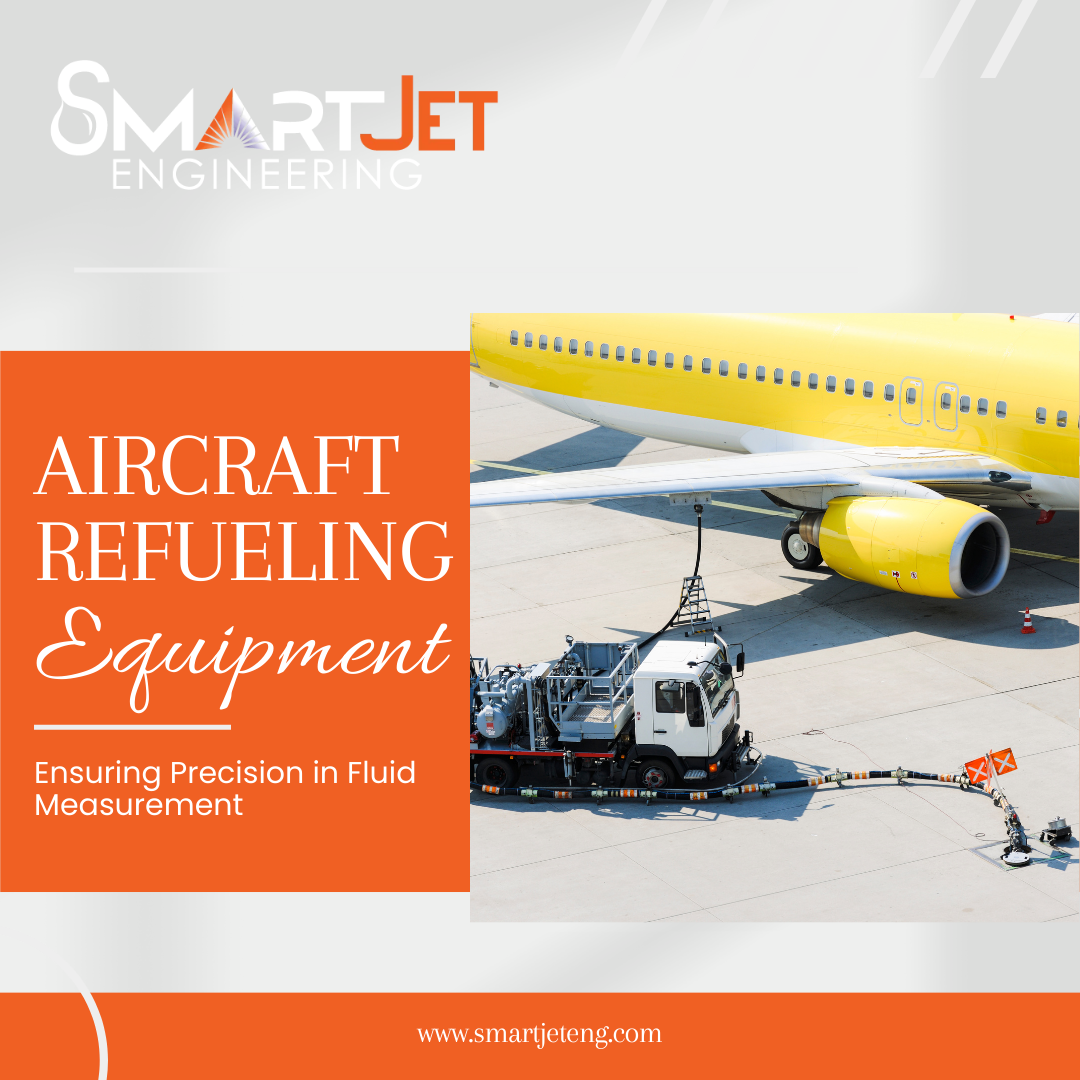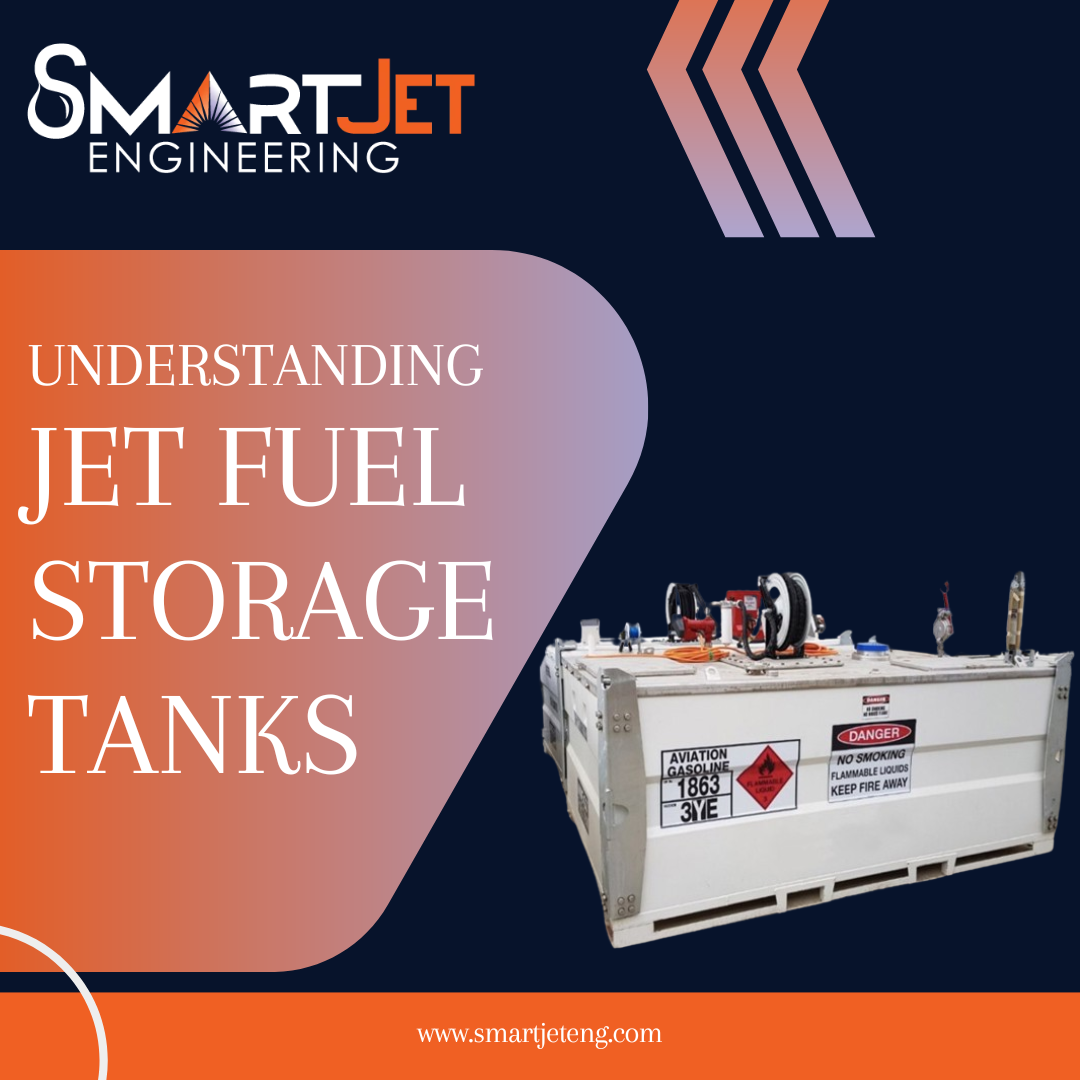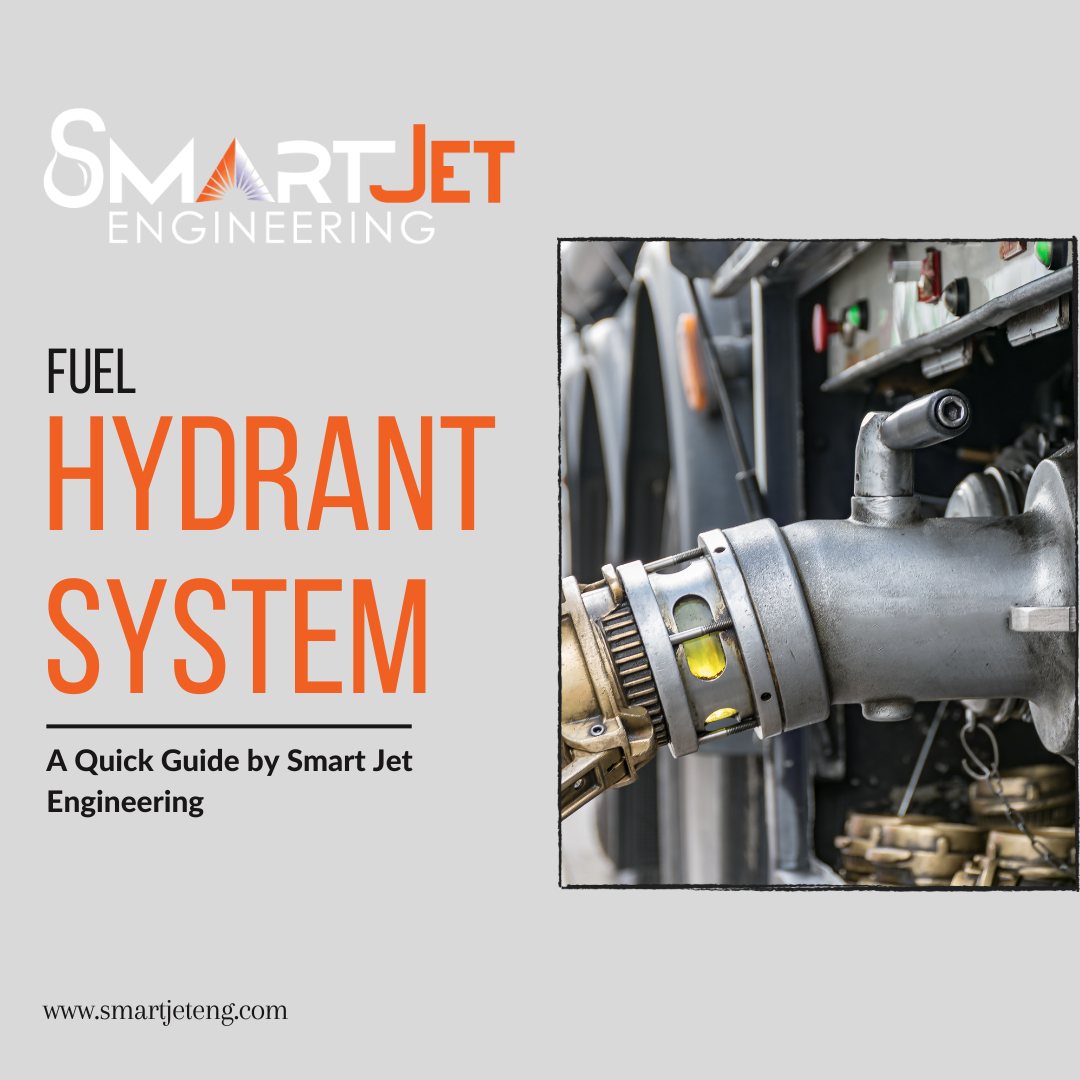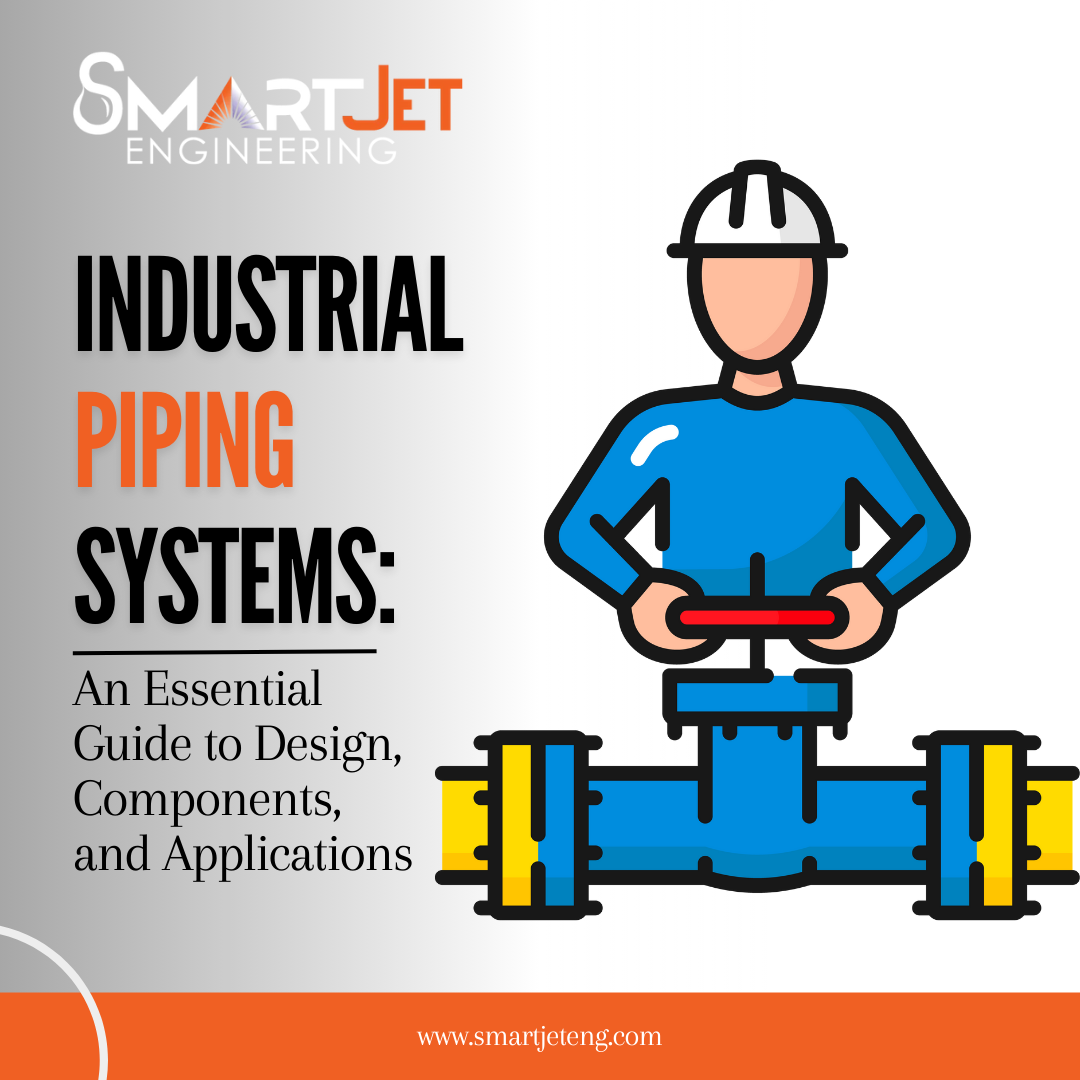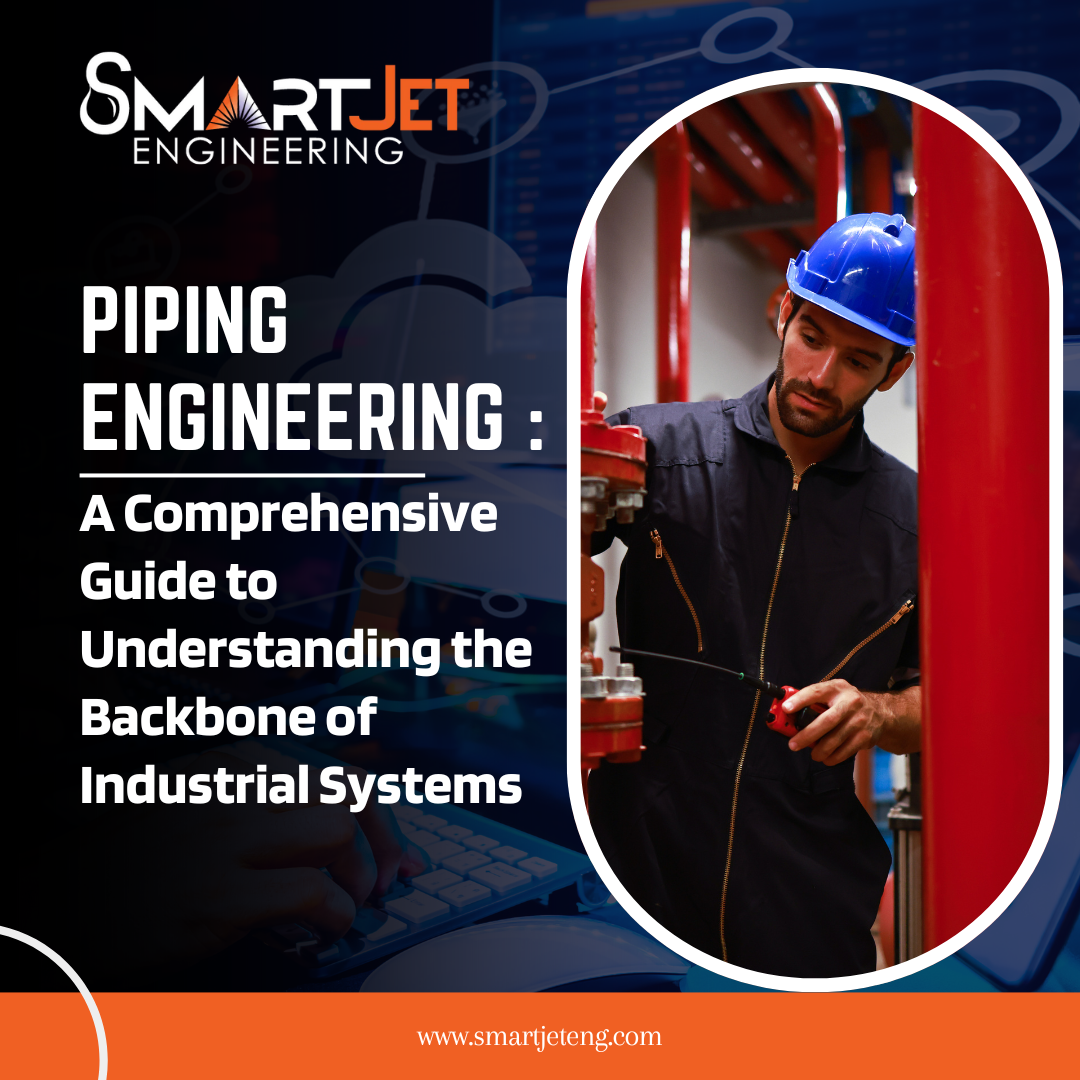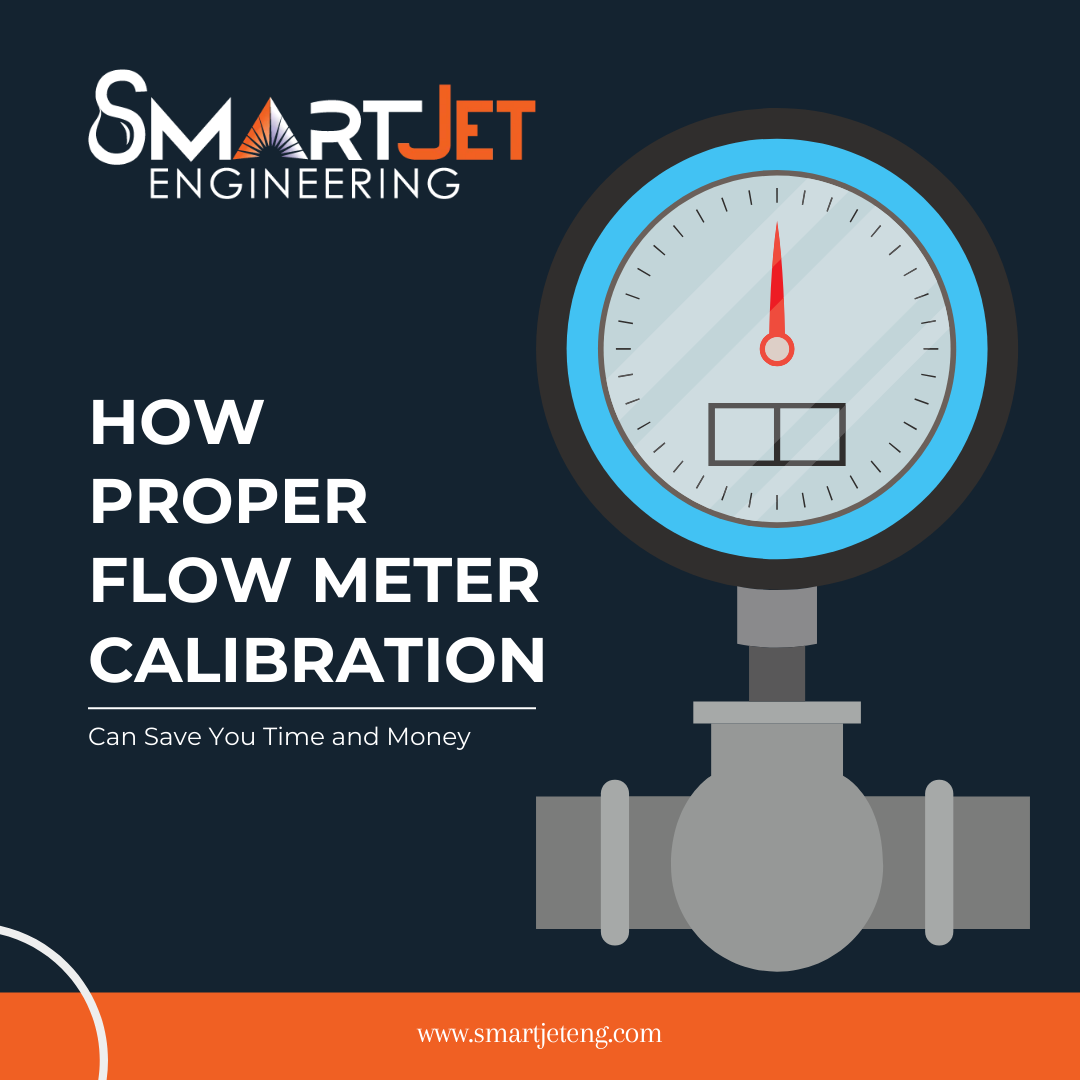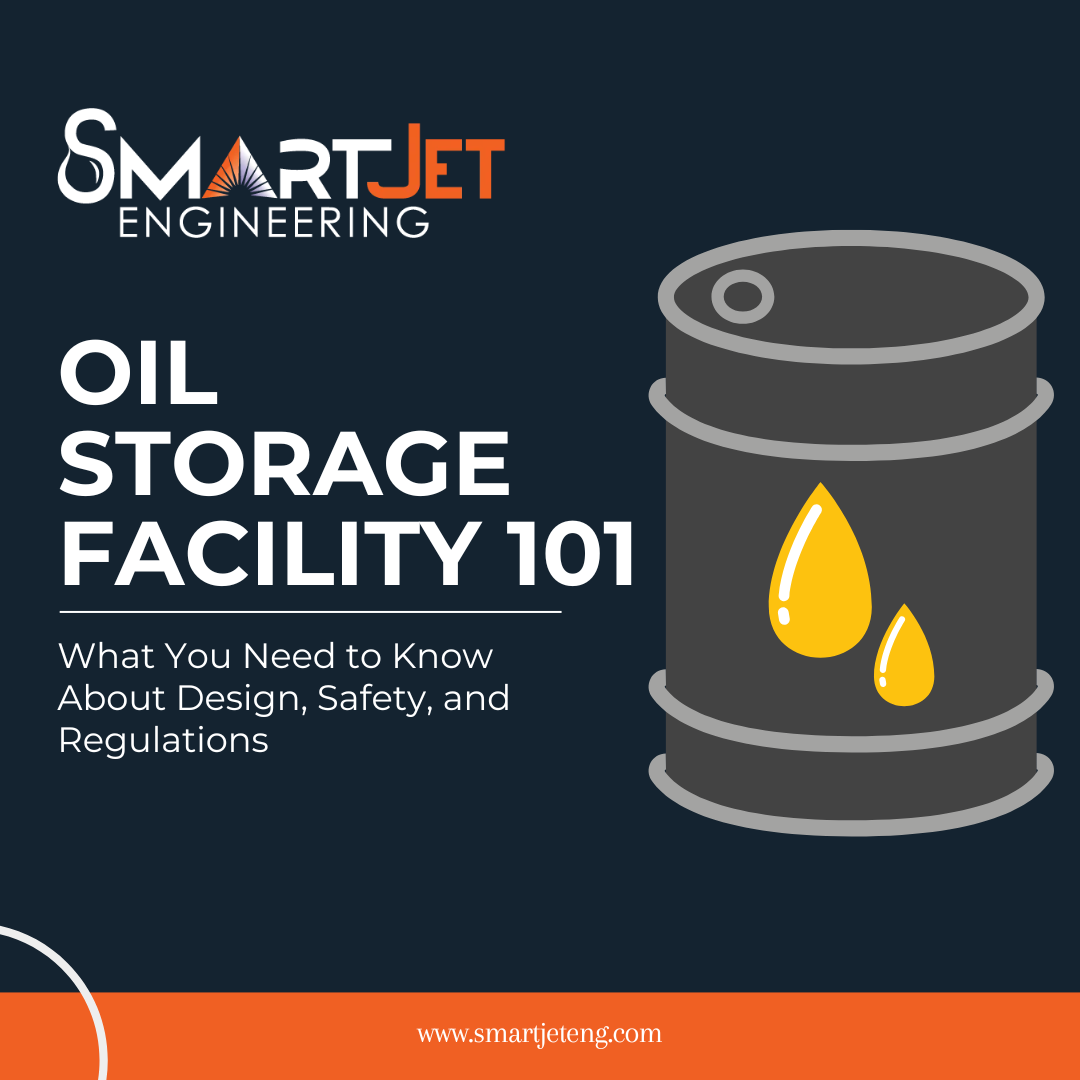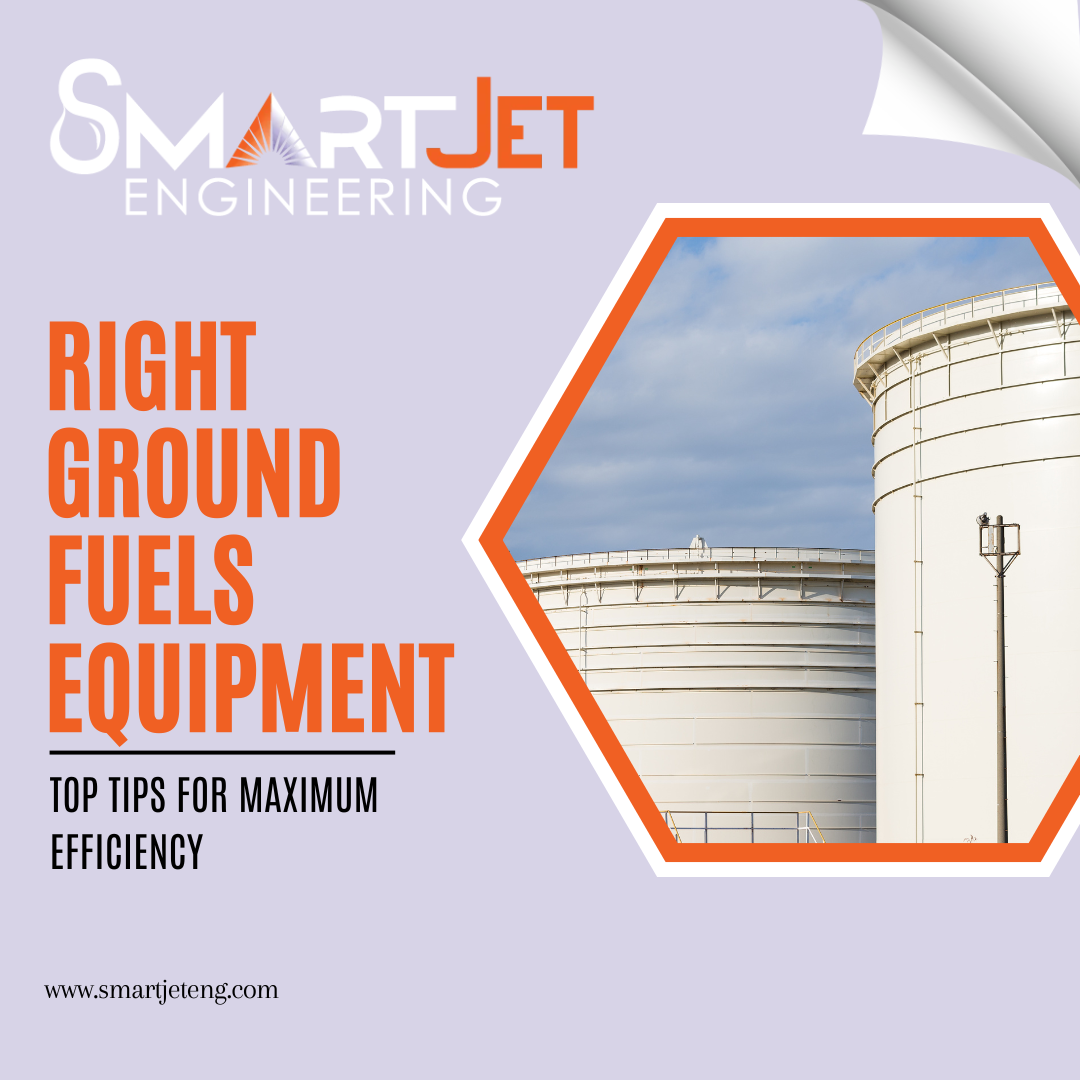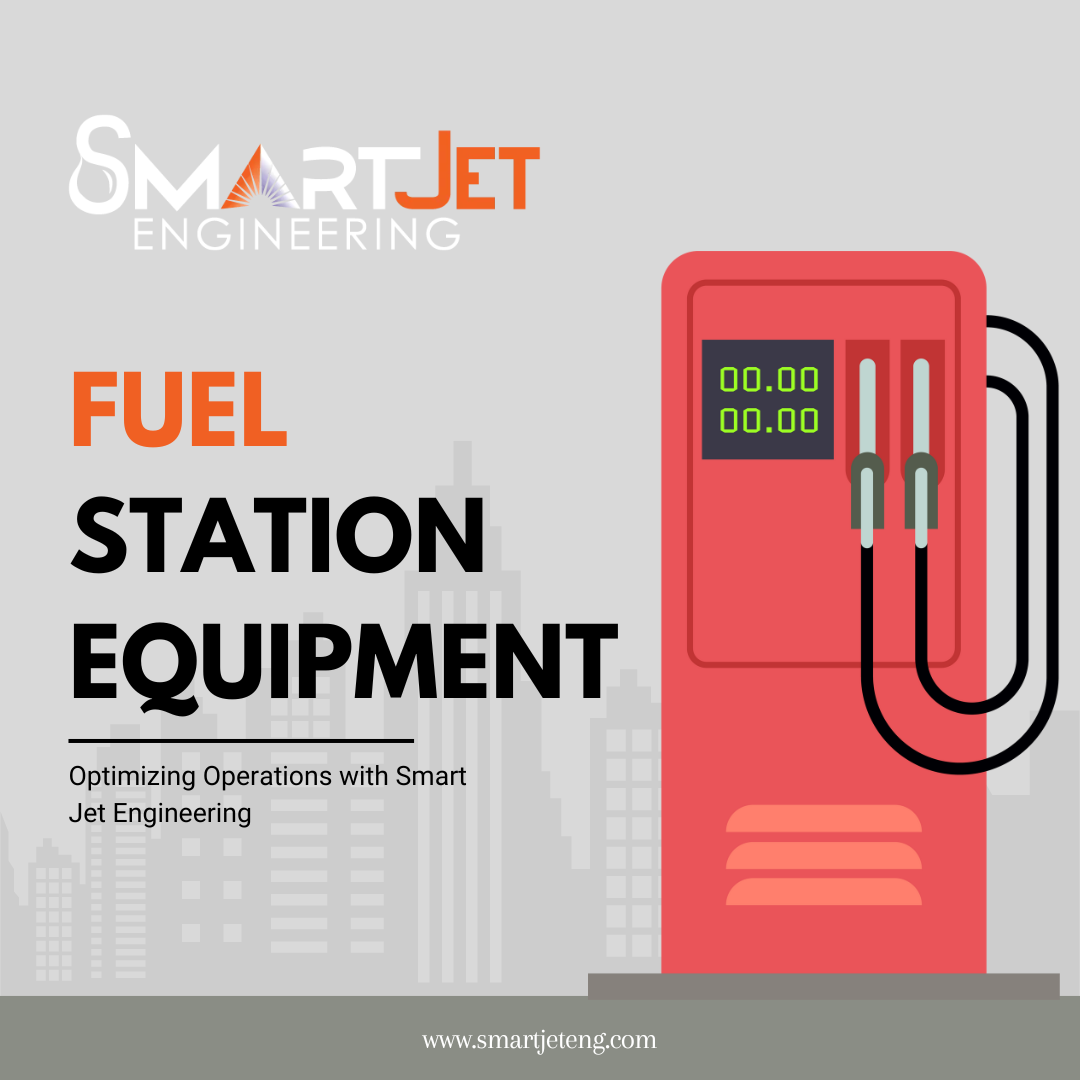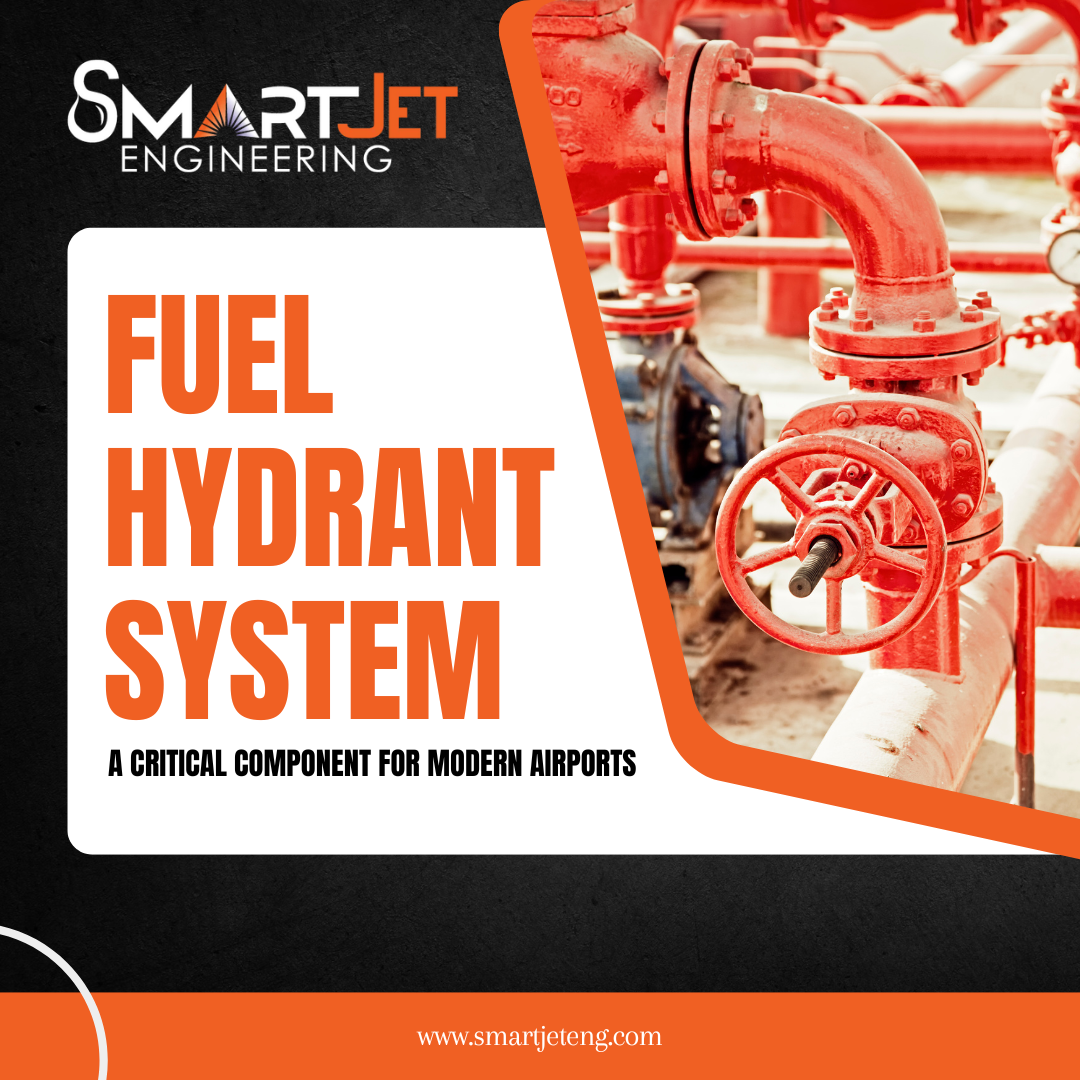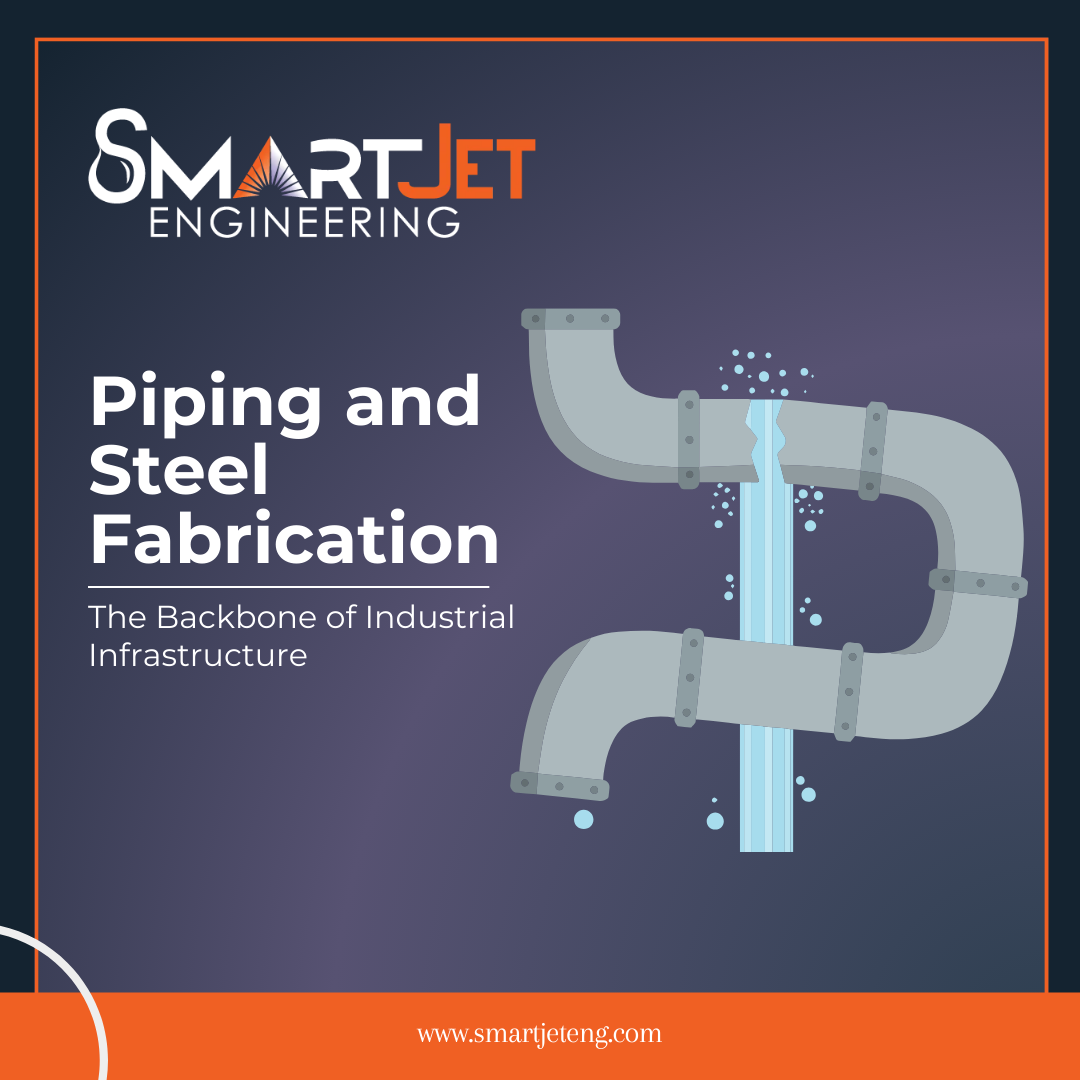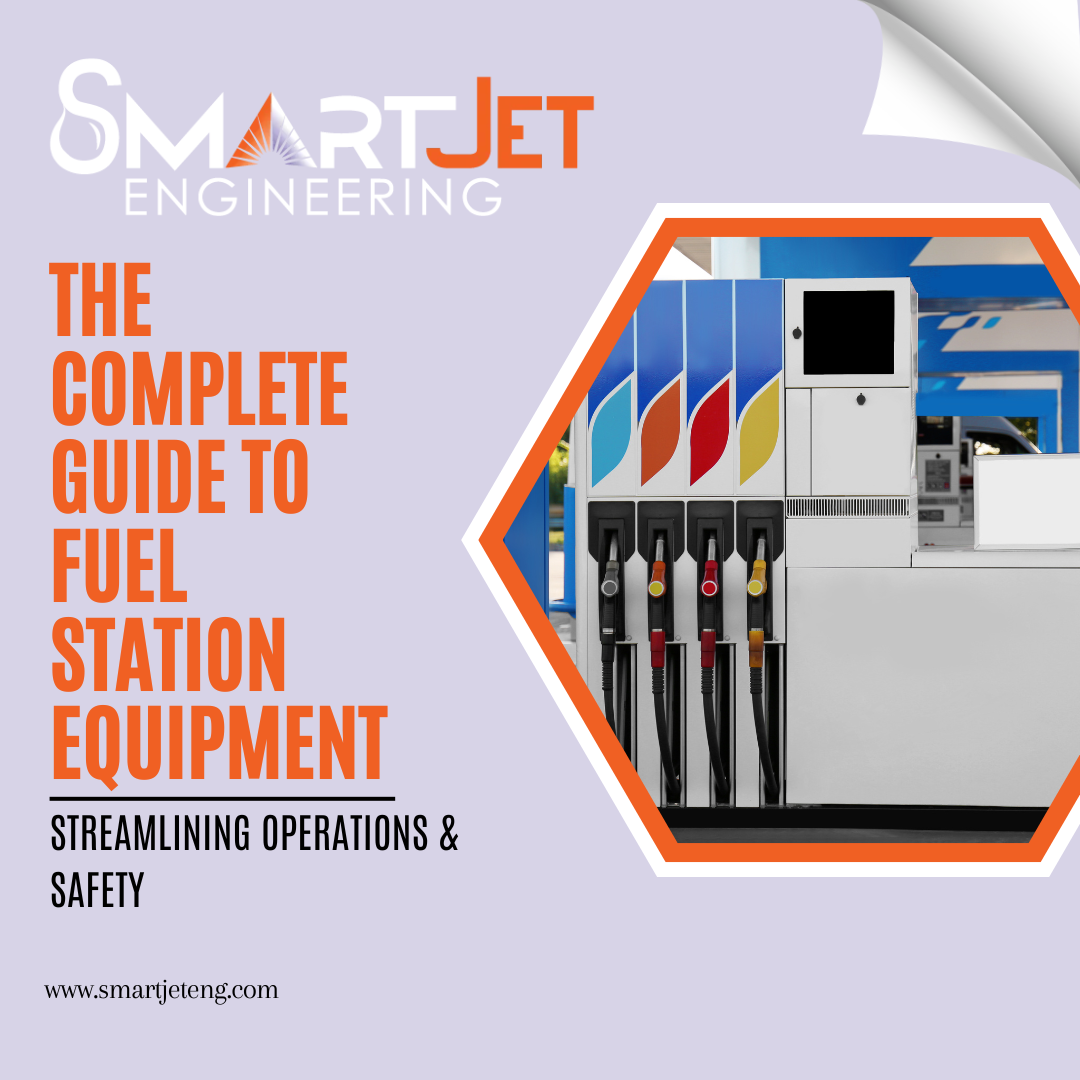Understanding Aircraft Fueling Nozzles
By - Admin

Understanding Aircraft Fueling Nozzles: A Comprehensive Guide
Introduction
Aircraft fueling nozzles are a critical component in the fueling process, ensuring that fuel is safely and efficiently delivered to the aircraft. But what exactly are these nozzles, and why are they so important? In this comprehensive guide, we'll explore the various aspects of aircraft fueling nozzles, their types, key features, maintenance, and more.
The Basics of Aircraft Fueling
Overview of Aircraft Fuel Systems
Aircraft fuel systems are complex networks designed to store and transport fuel from the tanks to the engines. These systems include tanks, pumps, valves, and fueling nozzles, all working together to ensure a steady supply of fuel during flight.
The Role of Fueling Nozzles
Fueling nozzles play a crucial role in this system. They are the interface between the fuel source and the aircraft, controlling the flow of fuel and ensuring it is delivered without spills or contamination.
Types of Aircraft Fueling Nozzles
Overwing Nozzles
Overwing nozzles are used to fuel aircraft through the wing tanks, similar to how cars are refueled. These nozzles are typically used for smaller aircraft.
Underwing Nozzles
Underwing nozzles, also known as pressure nozzles, are used for larger aircraft. They allow for faster fueling and are connected directly to the aircraft's fueling port under the wing.
Helicopter Fueling Nozzles
Helicopter fueling nozzles are designed specifically for the unique fueling needs of helicopters, which often require different pressure and flow rate specifications.
Overwing Fueling Nozzles
Design and Function
Overwing fueling nozzles are designed with a spout that fits into the aircraft's fuel tank opening. They often include a trigger mechanism to control fuel flow and an automatic shut-off to prevent overfilling.
Common Uses
These nozzles are commonly used for small aircraft, private jets, and certain types of helicopters. They are favored for their simplicity and ease of use.
Underwing Fueling Nozzles
Design and Function
Underwing fueling nozzles feature a pressure connection that locks onto the aircraft's fueling port. This design allows for high-speed fueling and minimizes the risk of fuel spillage.
Common Uses
Underwing nozzles are standard for commercial airliners, military aircraft, and other large planes. They are essential for operations requiring rapid turnaround times.
Helicopter Fueling Nozzles
Design and Function
Helicopter fueling nozzles are designed to accommodate the specific requirements of helicopter fuel tanks. They often include flexible hoses and adjustable flow rates to handle the unique fueling conditions.
Common Uses
These nozzles are used in various helicopter models, from small private helicopters to large rescue and transport helicopters.
Key Features of Aircraft Fueling Nozzles
Safety Mechanisms
Safety is paramount in aircraft fueling, and nozzles are equipped with various safety mechanisms. These include automatic shut-off valves, pressure release features, and grounding wires to prevent static electricity buildup.
Flow Control
Fueling nozzles offer precise flow control, allowing operators to manage the fuel delivery rate. This is crucial for preventing overfilling and ensuring efficient fueling operations.
Ergonomics
Ergonomically designed nozzles reduce operator fatigue and improve handling. Features such as lightweight materials, comfortable grips, and easy-to-use triggers make the fueling process more efficient.
Materials Used in Fueling Nozzles
Durability and Corrosion Resistance
Fueling nozzles must withstand harsh conditions, including exposure to fuel, weather, and constant handling. Therefore, they are made from durable, corrosion-resistant materials like aluminum, stainless steel, and high-strength plastics.
Common Materials
- Aluminum: Lightweight and corrosion-resistant, ideal for nozzles.
- Stainless Steel: Offers superior strength and resistance to wear and tear.
- High-Strength Plastics: Used for components that require flexibility and impact resistance.
Choosing the Right Fueling Nozzle
Factors to Consider
When selecting a fueling nozzle, consider factors such as the type of aircraft, the fuel flow rate required, and specific safety features. The right nozzle ensures efficient and safe fueling operations.
Matching Nozzles to Aircraft
Different aircraft have unique fueling requirements. Ensure that the chosen nozzle is compatible with the aircraft's fueling port and meets its pressure and flow rate specifications.
Maintenance of Aircraft Fueling Nozzles
Regular Inspection Practices
Regular inspections are essential to ensure that fueling nozzles remain in good working condition. Check for signs of wear, leaks, and any damage that could compromise safety.
Cleaning and Repair
Proper cleaning and timely repairs extend the lifespan of fueling nozzles. Use appropriate cleaning agents and follow manufacturer guidelines to avoid damage.
Common Issues with Fueling Nozzles
Wear and Tear
Constant use can lead to wear and tear on fueling nozzles. Regular maintenance helps identify and address issues before they lead to failures.
Blockages and Leaks
Blockages and leaks are common problems that can disrupt fueling operations. Regular inspection and maintenance help prevent these issues.
Innovations in Fueling Nozzle Technology
Recent Advances
Technological advancements have led to the development of more efficient and safer fueling nozzles. Innovations include smart nozzles with sensors and automated shut-off systems.
Future Trends
Future trends in fueling nozzle technology focus on improving fuel efficiency, reducing environmental impact, and enhancing safety features.
Regulations and Standards for Fueling Nozzles
International Standards
Fueling nozzles must comply with international standards set by organizations like the International Air Transport Association (IATA) and the International Civil Aviation Organization (ICAO).
Compliance Requirements
Compliance with these standards ensures that fueling nozzles meet the required safety and performance criteria, protecting both the aircraft and the fueling personnel.
Conclusion
Aircraft fueling nozzles are vital components in ensuring safe and efficient fueling operations. By understanding their types, features, and maintenance requirements, we can enhance the reliability and performance of aircraft fueling systems. With ongoing innovations and adherence to regulations, the future of aircraft fueling nozzles looks promising.
FAQs
Q.1 What is the main purpose of aircraft fueling nozzles?
The primary purpose of aircraft fueling nozzles is to safely and efficiently deliver fuel to the aircraft, ensuring that the fuel is free from contaminants and delivered at the correct flow rate.
Q.2 How often should fueling nozzles be inspected?
Fueling nozzles should be inspected regularly, ideally before each use and during routine maintenance checks, to ensure they are in good working condition.
Q.3 Can poor nozzle maintenance affect flight safety?
Yes, poor maintenance can lead to issues such as leaks, blockages, and improper fuel flow, which can compromise flight safety and lead to potential accidents.
Q.4 What are the signs of a malfunctioning fueling nozzle?
Signs include visible damage, fuel leaks, difficulty in operating the nozzle, and irregular fuel flow. These signs indicate that the nozzle needs immediate attention.
Q.5 How do technological advancements impact fueling nozzles?
Technological advancements lead to more efficient, durable, and safer fueling nozzles. Innovations such as smart sensors and automated shut-off systems enhance the overall performance and safety of fueling operations.
Related Blogs
Search
Popular Posts

The Importance of Ground Fuel Monitoring in Modern Aviation Operations
March 27, 2025

The Importance of Fuel Storage Tanks in Modern Aviation Operations
March 27, 2025

Why Testing and Commissioning is the Ultimate Step in Quality Control
January 29, 2025

Unlocking the Power of Flow Meters: The Critical Role of Calibration
January 29, 2025

Industrial Plant Maintenance and Servicing
March 22, 2025



